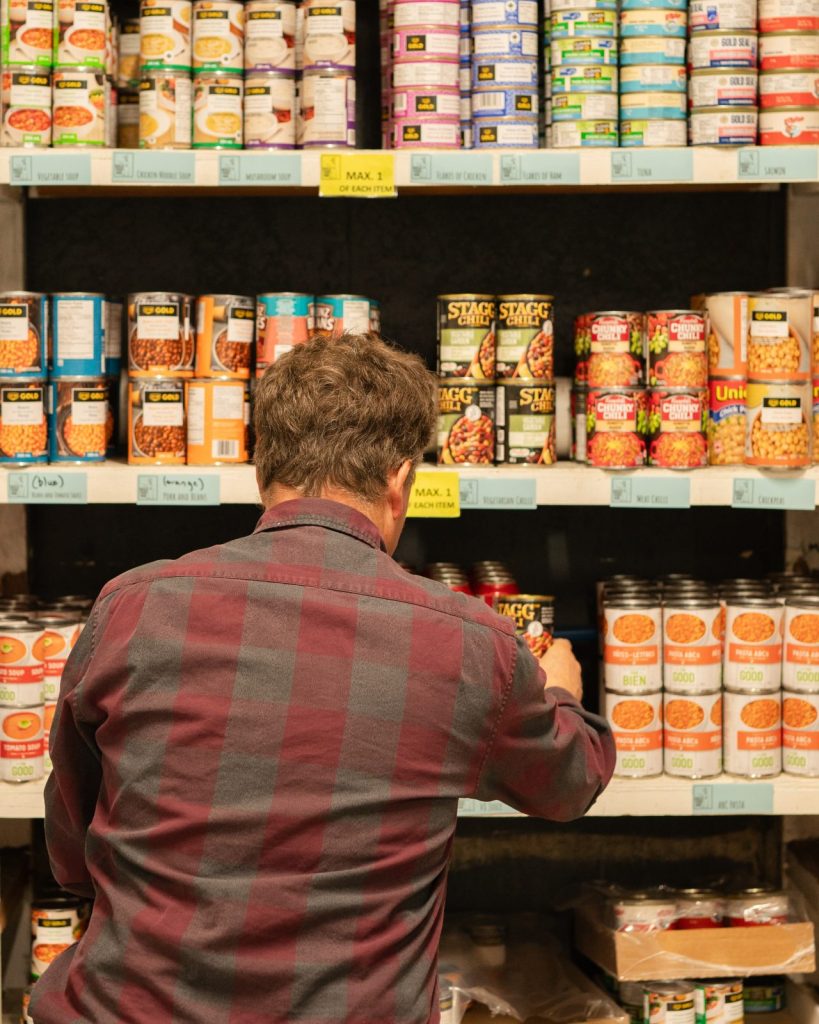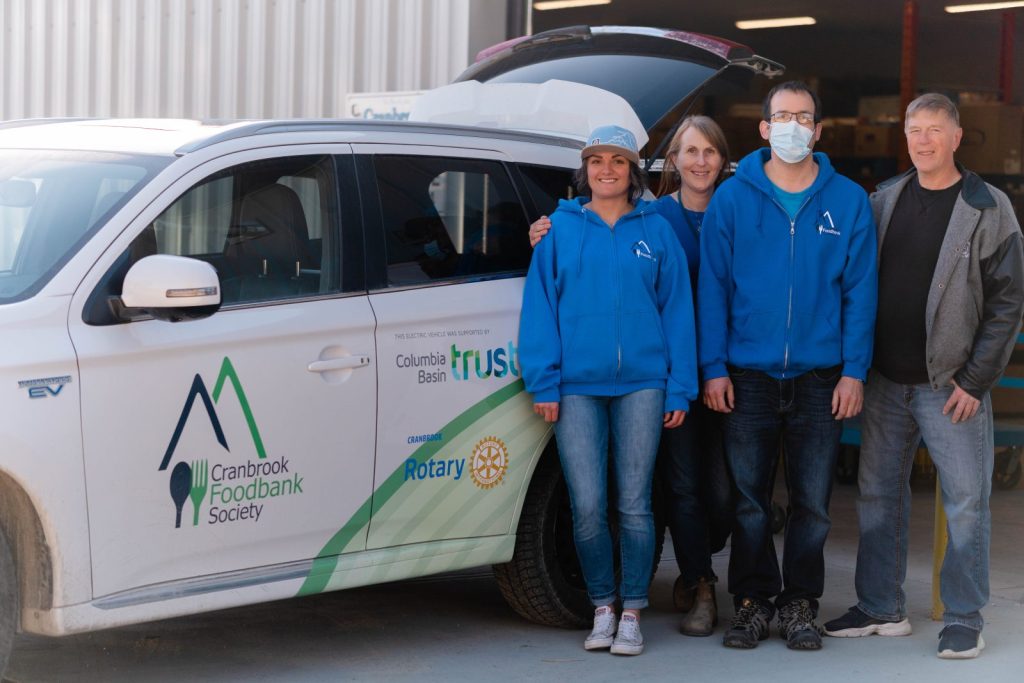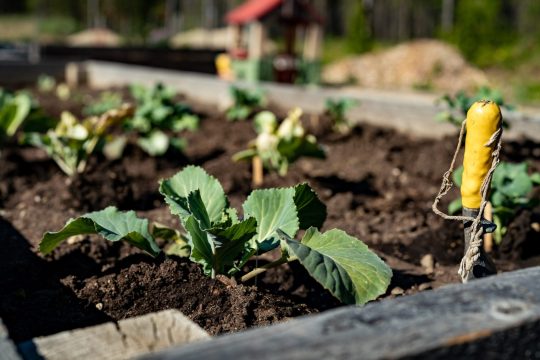Thank you to food banks and others that serve this essential role
“Food is a fundamental part of our human experience,” says Cyra Yunkws, which is why this Village of Warfield Councillor and Chair of the Warfield Food Advisory Committee is helping to increase food production and sharing in her village. And she’s not the only one. With food vital to existence, Columbia Basin residents have expressed that this food should also be wholesome, nutritious and—ideally—locally grown.
To this end, food banks and food recovery groups throughout the Basin work tirelessly to provide healthy, local food, and Columbia Basin Trust is there to support them.
For example, starting back in 2007 the Trust sponsored a gardening program in Golden that benefited the local food bank. Fast forward to this year, when the Trust is providing $3,000 each to 38 food banks throughout the region, a total of $114,000, for use during the busy holiday season.
And throughout all the years in between, a range of Trust programs has helped organizations take steps like recover more food, relocate to better facilities or upgrade technology—all to more effectively place quality meals on the tables of many. Here’s a sampling of Trust-supported projects.



Reducing demand
To feed people and lighten the load on food banks, some organizations have broadened the ways Basin residents can obtain food. In Warfield, for example, the Village and the food advisory committee have done tasks like installing public garden boxes and pollinator plots, and offering food-related workshops, plant exchanges and seed swaps.
Similarly, the Métis Nation Columbia River Society in Golden purchased a buffalo and tools to process bison meat; built garden beds; and offered additional food-related activities. This has helped provide a nutrient-rich diet for elders and others. As a bonus, “Passing down traditional skills and cultural knowledge will teach pride to youth and other community members, which is so important to keep our heritage alive,” says Davene Dunn, Office Manager.
Improving facilities
In Valemount, Robson Valley Community Services gratefully receives donated food to distribute to the community. However, some of this food was perishable and needed to be processed before redistributing. The solution was a new commercial kitchen. Program Manager Jana MacMaster says, “This kitchen will provide space to process the food to make it more appealing and extend the shelf life, create the setting for folks to learn how to prepare new foods, and provide space to process meals that can be given to clients to freeze and eat at their convenience.”






Meeting challenges
Food banks are also there when unprecedented hardships arise. In the wake of COVID-19, the Trust provided more than $785,000 to 32 food banks and two lunch programs in the region.
“Everything switched overnight. Demand increased and the way we provided services changed from one day to the next,” says Patti Larson, Food Bank Program Director of the Community Connections Revelstoke Society. Trust funds enabled the food bank to buy food and transition its processes for safety reasons, such as preparing prepackaged hampers rather than letting users select their own foods.



Being sustainable
To reduce costs and do their part in mitigating climate change, food banks have also taken steps like switching fossil-fuel vehicles with electric ones and upgrading buildings. The Kimberley Helping Hands Food Bank, for example, added solar panels, a heat pump and more. “This opportunity will allow the Kimberley Helping Hands Food Bank to continue down its new path to better serve its community while saving on operations costs, being more self-sufficient and implementing green initiatives,” says Thom Tarte, Manager.






Plus, food banks have looked to a sustainable future by putting their governance processes in order. This includes the Columbia Valley Food Bank, which turned to advisors to help it create a five-year strategic plan, complete with vision, mission and strategic goals. Chairperson Nesta Becker says that the program “clarified for us the need for strategic planning and goal-setting for all that we wanted to accomplish.”
And accomplish they have—as have all food banks and food recovery groups in the region. Using various approaches, food banks and similar organizations have undertaken a vast array of activities to ensure they can continue to nourish the population, now and into the future.
On behalf of everyone, thank you.

















